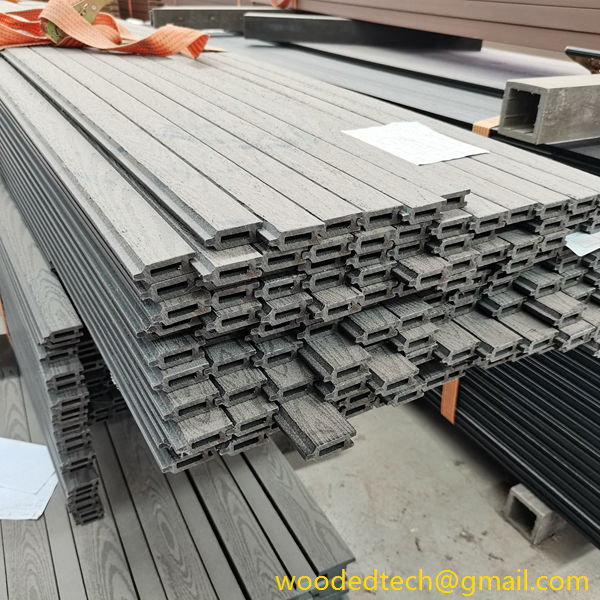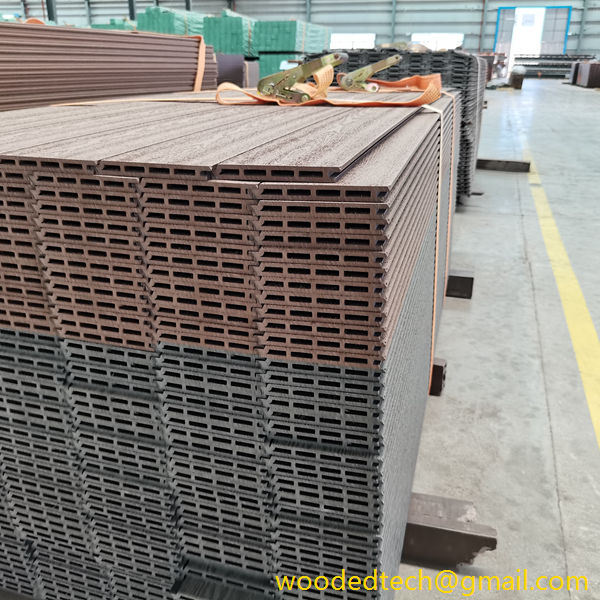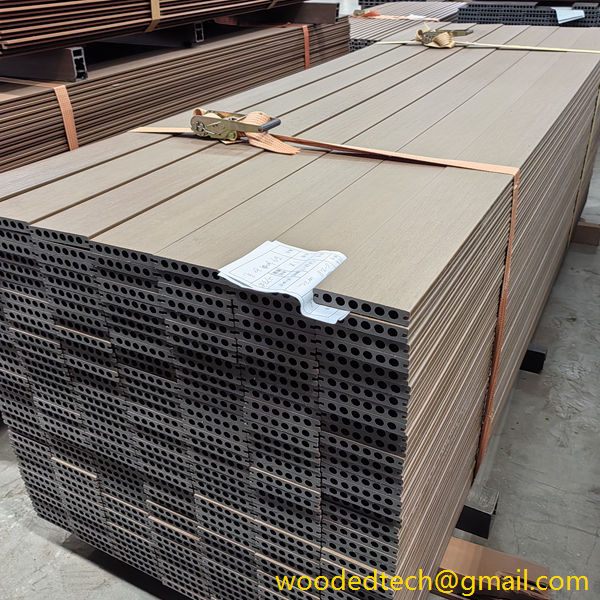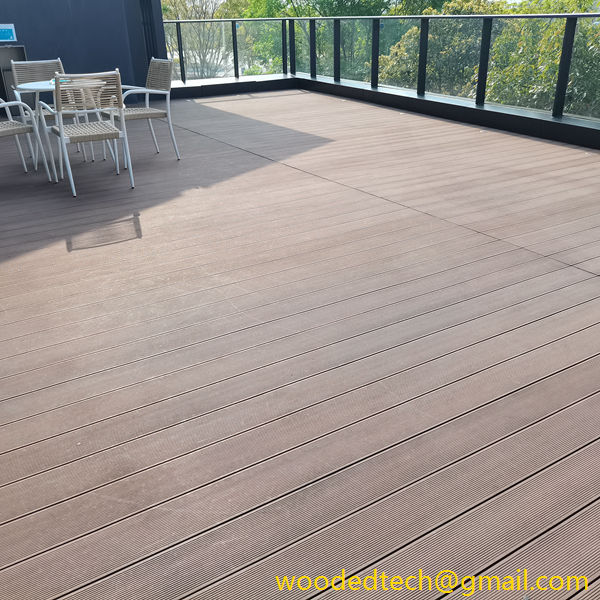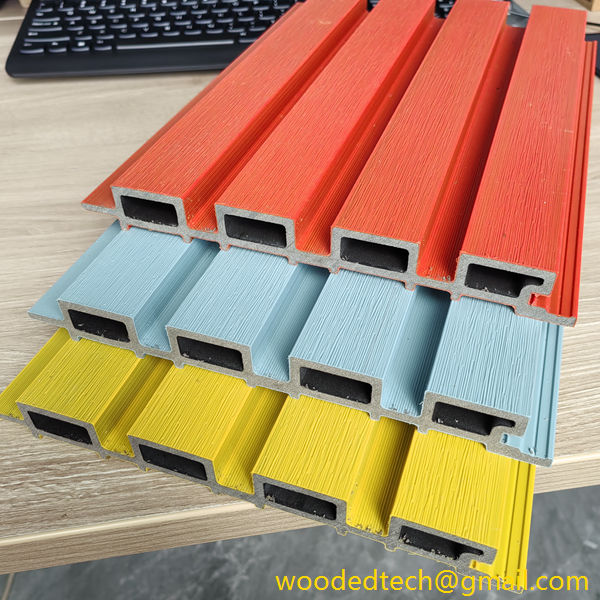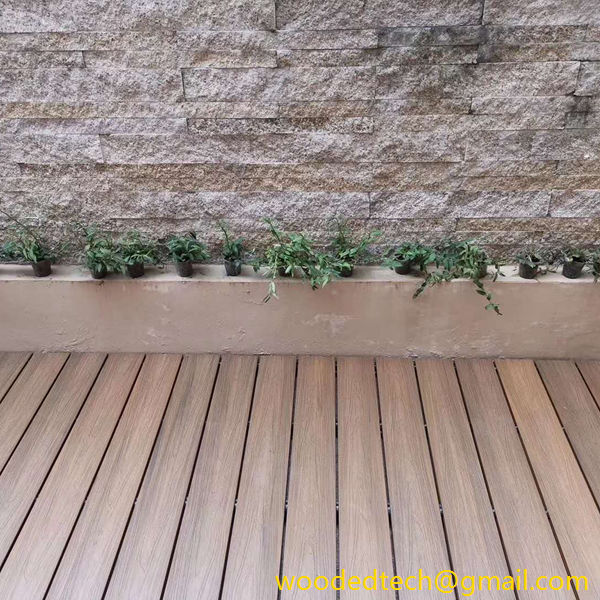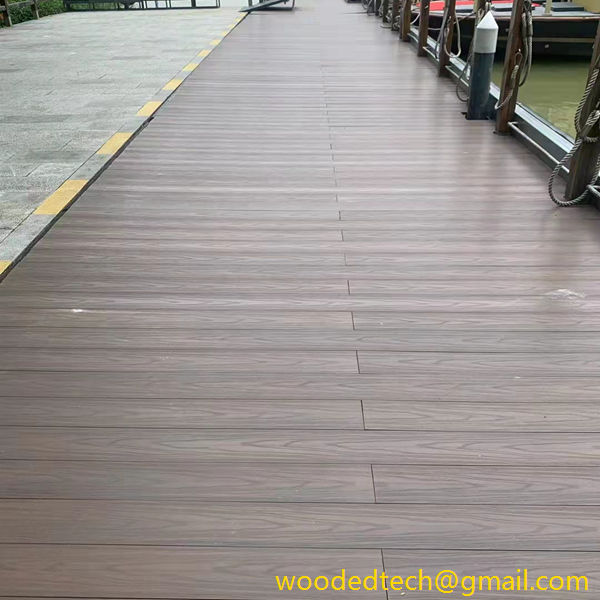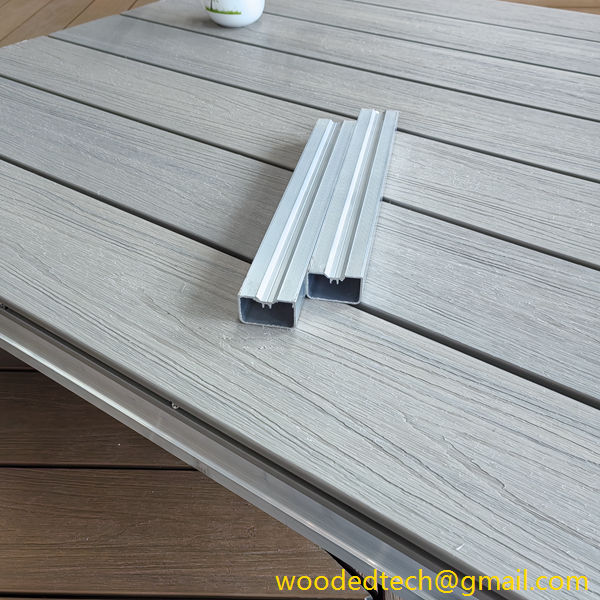¿Es buena la masilla de plástico para madera? Guía de uso
¿Es buena la masilla de plástico para madera? Guía de uso Cuando se trata de proyectos de carpintería y bricolaje, conseguir un acabado impecable es un objetivo primordial para muchos entusiastas y profesionales por igual. Una de las herramientas que pueden ayudar en este empeño es la masilla de plástico para madera. Conocida por su versatilidad y facilidad de uso, la masilla...
¿Es buena la masilla de plástico para madera? Guía de uso
When it comes to woodworking and DIY projects, achieving a flawless finish is a primary objective for many enthusiasts and professionals alike. One of the tools that can help in this pursuit is plastic wood filler. Known for its versatility and ease of use, plastic wood filler can be a game-changer for anyone looking to repair or enhance wooden surfaces. However, is it really as good as it seems? This guide will explore the benefits and drawbacks of plastic wood filler, as well as tips on how to use it effectively.
Understanding Plastic Wood Filler
Plastic wood filler is a synthetic product designed to fill gaps, cracks, and holes in wood surfaces. Unlike traditional wood fillers, which may be made from natural materials like sawdust and glue, plastic wood fillers are typically made from a combination of plastic resins, solvents, and pigments. This composition allows plastic wood fillers to have unique properties that make them particularly suitable for various applications.
Benefits of Plastic Wood Filler
One of the primary advantages of plastic wood filler is its durability. Once it dries, it forms a hard, solid surface that can withstand wear and tear. This makes it an excellent choice for high-traffic areas or surfaces that will be subjected to heavy use. Additionally, plastic wood filler is resistant to water, which contributes to its longevity and makes it suitable for both indoor and outdoor applications.
Another benefit of plastic wood filler is its versatility. It can be used on a variety of surfaces, including softwoods, hardwoods, and engineered wood products. Whether you are repairing furniture, cabinetry, or flooring, plastic wood filler can adapt to the specific needs of your project. Furthermore, it can be easily sanded, painted, or stained to match the surrounding wood, providing a seamless finish.
Ease of use is another compelling reason to consider plastic wood filler. Many products come in a ready-to-use format, eliminating the need for complicated mixing or preparation. This convenience makes it accessible for both experienced woodworkers and beginners. The application process is straightforward; simply apply the filler to the damaged area, smooth it out, and allow it to dry. After it has cured, sanding and finishing can be done without hassle.
Drawbacks of Plastic Wood Filler
Despite its many advantages, plastic wood filler does have some drawbacks. One concern is that it can shrink as it dries, which may lead to cracking or the need for multiple applications to achieve a smooth surface. This can be frustrating, particularly for those seeking a quick fix. Moreover, while it can be sanded and painted, achieving a perfect match with the surrounding wood can sometimes be challenging, especially with stained finishes.
Additionally, plastic wood fillers may not be the best choice for all types of repairs. For instance, if you are working with antique or valuable wood furniture, you might want to consider using a more traditional wood filler that better preserves the original material. Plastic fillers may not have the same aesthetic appeal when it comes to high-end woodworking projects, as they might not blend seamlessly with the natural grain of the wood.
Using Plastic Wood Filler
If you decide to use plastic wood filler for your project, there are a few tips that can help you achieve the best results. First, ensure that the surface you are working on is clean and free of dust or debris. This will help the filler adhere better and create a smoother finish. If you’re filling a deep hole or crack, it may be beneficial to apply the filler in layers, allowing each layer to dry before adding the next.
When applying the filler, use a putty knife or a similar tool to spread it evenly over the damaged area. Make sure to overfill slightly, as this will allow you to sand it down to a smooth finish later. After the filler has dried completely, use sandpaper to smooth the surface until it is flush with the surrounding wood. Start with a coarse grit and gradually move to a finer grit for a polished finish.
Once you are satisfied with the shape and smoothness of the filled area, you can proceed to paint or stain it. If you are painting, you may want to apply a primer first to ensure even coverage. For staining, test the stain on a scrap piece of wood to determine how well it matches the surrounding area before applying it to the repaired section.
Conclusión
In conclusion, plastic wood filler can be an excellent option for many woodworking projects. Its durability, versatility, and ease of use make it a valuable tool in the arsenal of both amateur and professional woodworkers. However, it is essential to consider its limitations, particularly when it comes to aesthetic matching and shrinkage. By understanding how to use plastic wood filler effectively and knowing when it is the right choice for your project, you can achieve impressive results that will enhance the beauty and functionality of your wooden surfaces. Whether you are making repairs or undertaking a new project, plastic wood filler can help you achieve a flawless finish that meets your expectations.

